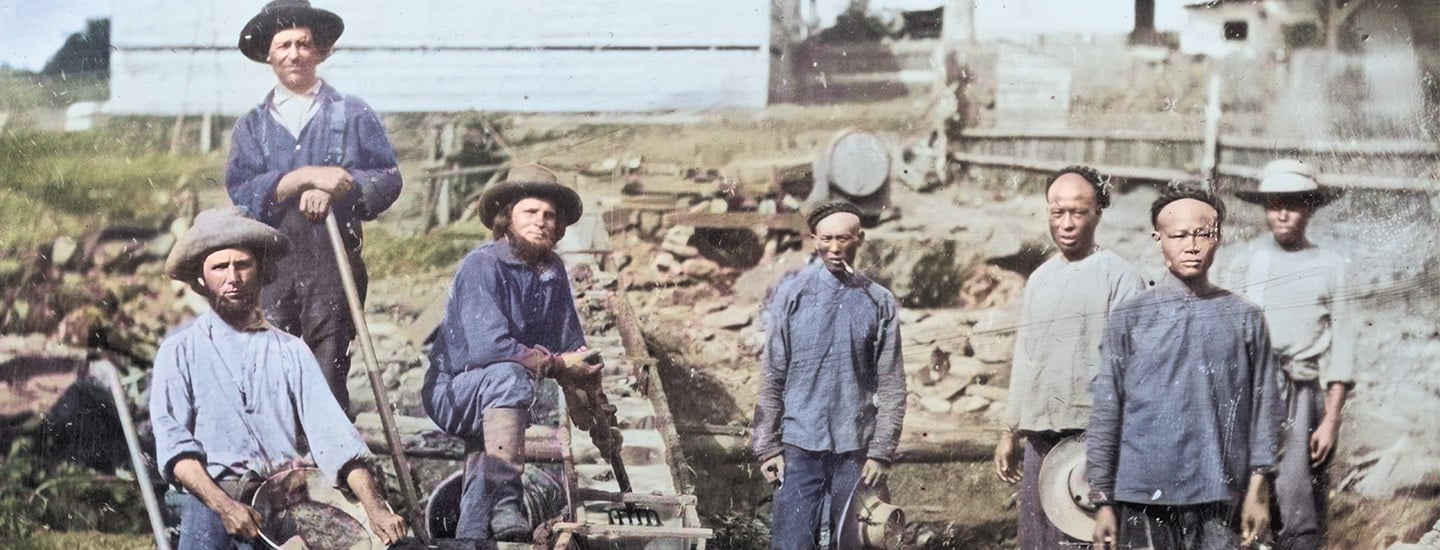shutterstock.com
Something shiny sparkled in the water. It was January 24, 1848, and the glimmering flakes caught the eye of James W. Marshall. The carpenter was building a sawmill on the American River in what is now Coloma, California. Marshall couldn’t believe what he had just found at the worksite, called Sutter’s Mill.
“It made my heart thump, for I was certain it was gold,” Marshall later recalled.
He was right. Marshall’s discovery 175 years ago set in motion the transformation of California—then newly acquired U.S. land—and the country as a whole. The promise of the precious metal sparked the California Gold Rush, one of the largest migrations in U.S. history. More than 300,000 people headed to the region—some from as far away as China, Australia, and Europe.
“When people learned that gold was available for the taking in California, many thousands traveled there from all over the world to seek their fortunes,” says H.W. Brands, a Gold Rush historian and author.
Something shiny sparkled in the water. It was January 24, 1848. The glimmering flakes caught the eye of James W. Marshall. The carpenter was building a sawmill on the American River in what is now Coloma, California. Marshall could not believe what he had just found at the place called Sutter’s Mill.
“It made my heart thump, for I was certain it was gold,” Marshall later recalled.
He was right. Marshall’s discovery 175 years ago set in motion the transformation of California—then newly acquired U.S. land—and the whole country. The promise of the precious metal sparked the California Gold Rush. That was one of the largest migrations in U.S. history. More than 300,000 people headed to the region. Some came from as far away as China, Australia, and Europe.
“When people learned that gold was available for the taking in California, many thousands traveled there from all over the world to seek their fortunes,” says H.W. Brands. He is a Gold Rush historian and author.

